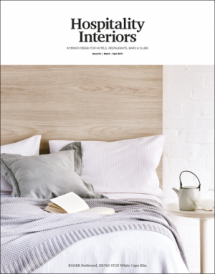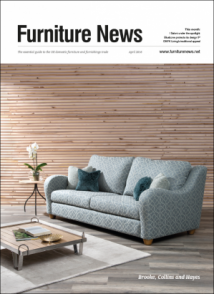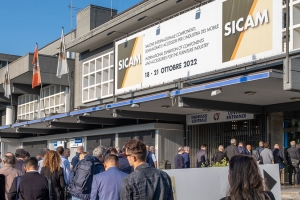UK furniture designers used to enjoy protection under both national industrial design rights and EU-level rights. Now the EU transition period is over, the EU-level rights no longer extend to the UK.

Chartered (UK) and European Patent Attorney Greg Carty-Hornsby, an Associate with IP firm Marks & Clerk, looks at some of the changes to design protection furniture designers will encounter in the UK’s future outside of the EU’s industrial design regime.
.
Unregistered designs
UK furniture designers enjoy automatic and cost-free protection from copying under UK Unregistered Design Right (UDR). This type of protection has not been affected by the UK’s departure from the EU. UDR is a great tool for designers as it automatically protects the shape and configuration of products, ensuring coverage for new furniture shapes and styles. Additionally, UDR lasts for up to 10 years and therefore provides ample time for proper commercialisation of the protected article.
However, for furniture designers UDR has one major drawback in that it cannot protect colour or surface decoration. This means that whilst it may be good for products such as cabinets, tables, and chairs where the overall shape is the important design feature, it is less useful for soft furnishings, upholstery, or any other products where material types, surface finish or colours are the dominant design feature.
Prior to the end of the transition period, protection for materials, surface finishes and colour was provided automatically and cost-free as an Unregistered Community Design (UCD). UCDs provide a different type of protection that can only protect the features of a product that are visible during normal use and that are not purely functional. This type of protection is therefore likely to be unsuitable for protecting interior filigree such as within cupboards and drawers which would not be ordinarily visible. It would also be unsuitable for protecting fold-out mechanisms, for example those used in bureaus and tables, which are likely to be wholly functional. Additionally, UCDs provide protection for only three years from first publication, meaning there is much less breathing space for the design to be commercialised, particularly if publication of the design is necessary to attract investment.
Now the transition period has ended, Unregistered Community Designs no longer apply to the UK. To ensure that unregistered protection for materials and surface finish is not lost to UK designers, the government has introduced two new design rights to provide continuity of protection for these types of features. First, “Continuing” Unregistered Designs will protect unexpired UCDs in the UK for the remainder of the term of the parent UCD. Secondly, “Supplementary” Unregistered Designs (SUD) will protect new designs that are first published in the UK from 2021 onwards. As such, the types of unregistered protection available for UK furniture designers remain the same.
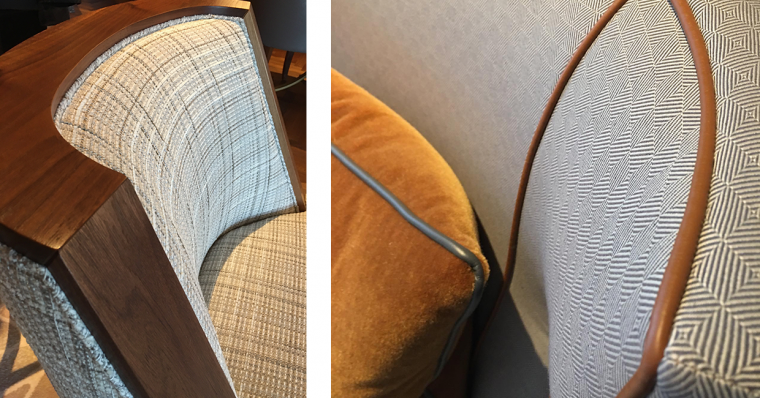
Image © John Legg / Media 66
.
Potential drawbacks
Unfortunately there are a few drawbacks to the new regime that designers should bear in mind. First, the new rights will only cover the UK and not also the EU27. As such, this provides much more limited geographic coverage that may not be suited to businesses looking to expand into the EU market.
Secondly, both the EU and the UK require that in order for UCD or SUD protection to come into existence, the first global publication of the design must take place in the territory of the EU or the UK respectively. As such, a design that is first published in the EU would not obtain protection in the UK, and likewise a design first published in the UK would not obtain protection in the EU. Many UK-based designers could find that in the normal course of business their designs are first published in the UK and therefore they accrue useful unregistered protection at home. However, this will leave any such businesses without protection in the EU, which could increase the risks of trading abroad and prevent a barrier to EU expansion.
It is not clear whether attempts to publish a design simultaneously in both the UK and the EU would overcome this problem. No relevant case law in the EU or the UK currently exists and, until we have clarity from the courts, there is a risk that simultaneously publishing in both the UK and the EU could inadvertently kill both rights, since neither could claim to be the first global publication of the design.
Whilst Design Right can be relied upon regardless of the location of the first publication of the design, due to its ‘colour-blindness’ furniture designers should be aware that Design Right may not always provide useful protection. Furniture designers should therefore make an active choice about which territory their furniture is first published within, to ensure that suitable rights arise, as part of an overall design protection strategy.
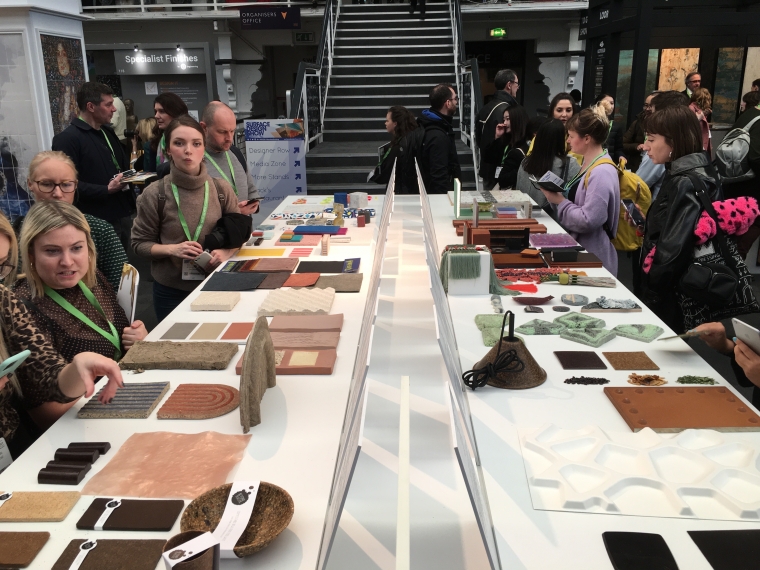
Image © John Legg / Media 66
.
Registered designs
Protection can also be sought in the UK under a UK Registered Design. This type of industrial design right must be applied for centrally at the UK Intellectual Property Office and so does not arise automatically. Prior to the end of the transition period, it was also possible to obtain registered industrial design protection in the UK via a Community Registered Design by application to the EU Intellectual Property Office. Since the end of the transition period, Community Registered Designs no longer cover the UK. However, to ensure continuity of protection, all granted Community Registered Designs in force at the end of the transition period have been automatically duplicated onto the UK’s national register.
UK Registered Designs have their roots in EU law and provide an essentially identical type of protection to CUD discussed above (i.e. they provide protection for colours and surface decoration, but not for technical or non-visible features). However, Registered Designs can be renewed up to a maximum term of 25 years, and therefore provide much longer protection than their unregistered equivalents. Furthermore, Registered Designs provide a major advantage in that they are able to provide broad protection against works of independent creation which merely create the same “overall impression” as the registered design. By contrast, unregistered designs of any variety only provide protection where the design was deliberately copied from the rights holder without consent.
.
Mitigating future risks
To mitigate the risk of being unprotected at home or abroad, a prudent investment may be to apply for UK and/or EU registered designs to cover any new products. Unlike their unregistered equivalents, UK and EU registered designs have no requirements regarding the territory of first publication, and so it is possible to simultaneously hold protection in both the UK and the EU. Furthermore, both the UK and the EU can be covered within a single “International” design application under an international treaty (the Hague Agreement).
Although registered designs require positive action to acquire and do involve some costs, the UK and EU intellectual property offices do not examine registered designs on substantive issues of validity and therefore registered designs are almost certain to be granted. For the term length provided, registered designs therefore represent a cost-effective way of providing adequate protection against third party infringement in the UK and the EU.
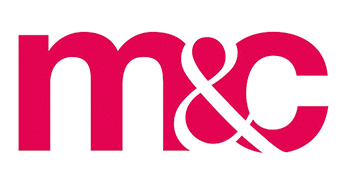
Marks & Clerk is the largest firm of intellectual property advisers in the UK and is recognised as one of the world’s leading IP firms. With a network of 18 offices across the UK (nine locations), continental Europe, North America and Asia, and long-established relationships with other leading IP firms worldwide, the firm is able to assist innovators to protect and maximise the value of their intellectual assets on a local and global basis.
